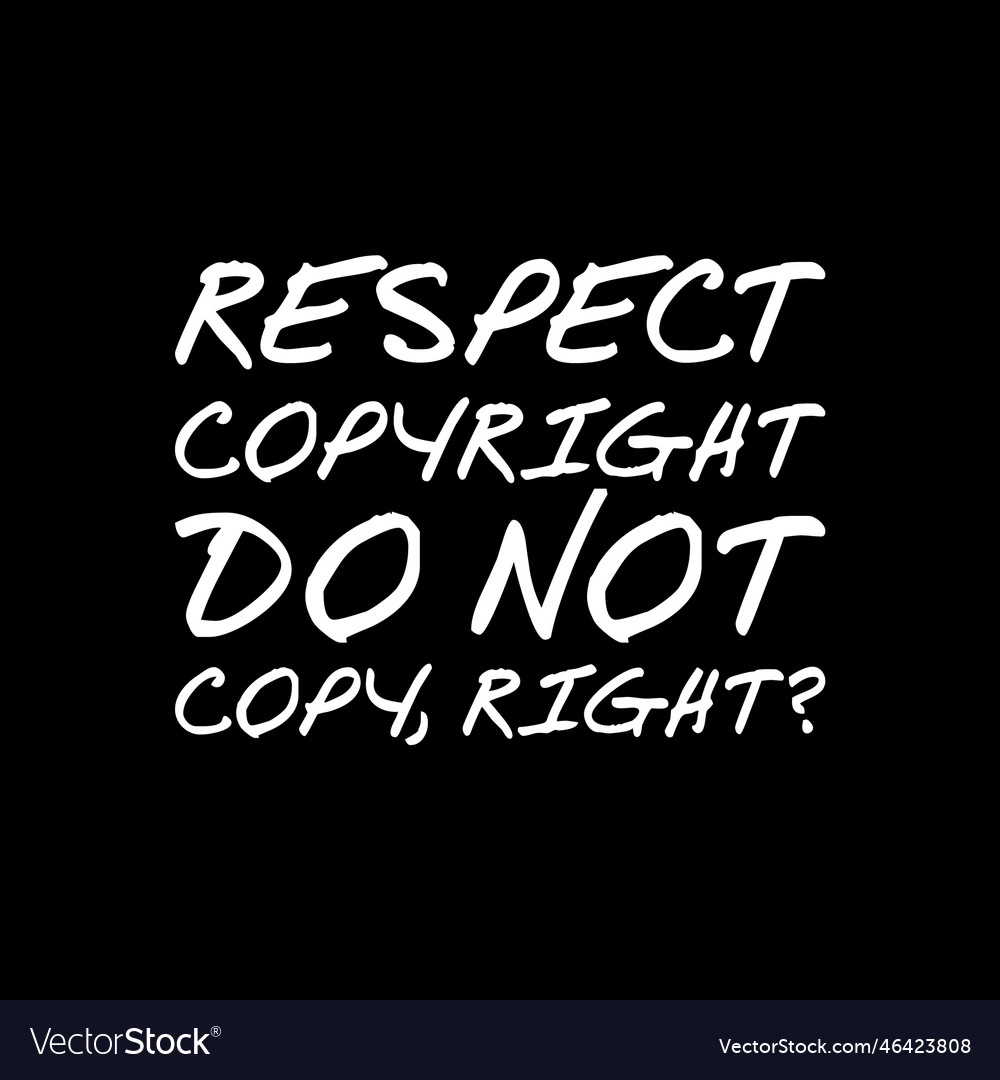- Willem Jans
- Brand Development, Brand Identity, Brand Potential, Branding Tips, Business Domain, Business Growth, Copyright And Trademark a Logo, Digital Branding, Domain Investment, Domain Name Impact, Domain Name Strategy, Online Branding, Premium Domain, Premium Domains for Sale, SEO Strategy
- 0 Comments
- 604 Views
Your logo isn’t just a design – it’s the visual representation of your brand identity and the promise you make to your audience. Logos are a vital asset in business branding, and ensuring that your logo is legally protected is crucial.
But how exactly can you protect your logo, and what are the key legal issues to be aware of?


In this article, we will answer the most common questions about logo copyright, trademarks, and legal protection so that you can confidently safeguard your brand
1.
Is A Logo Subject to Copyright?
Yes, a logo can be subject to copyright as long as it meets certain originality requirements. In general, copyright protects original works of authorship, including literary, artistic, and graphical works. A logo qualifies as an original work when it is sufficiently creative or unique in its expression. For instance, a simple geometric shape might not be protected by copyright, but a more intricate and creative logo design can be. The key is that the logo must represent a distinct expression of the designer’s creativity.
2.
Are Logos Automatically Copyrighted?
Yes, logos are automatically copyrighted the moment they are created and fixed in a tangible medium (like being saved on your computer or printed on paper). However, just because your logo is automatically protected by copyright law doesn’t mean it’s enforceable without formal registration. In many jurisdictions, including the United States, registering your logo with the copyright office can make it much easier to defend your rights in court if needed. Without registration, you may face legal hurdles in proving ownership and originality.
3.
Is It Illegal to Copy A Logo?
Yes, copying a logo without permission is generally illegal. Logos are protected by copyright and trademark laws, and using a logo that doesn’t belong to you can be considered intellectual property theft or infringement. In addition to the legal consequences, using someone else’s logo could confuse customers, dilute the original brand, and harm its reputation.
4.
Can I Own A Logo?
Yes, you can own a logo. When you design a logo, or hire someone to create one for you, you own the copyright and rights to that logo as long as it is an original design. If you hire a designer, make sure you have a contract in place that specifies the transfer of ownership rights to you. This ensures that you, not the designer, retain ownership over the logo.
5.
How Do I Protect My Logo from Being Copied?
To protect your logo from being copied, you should:
- Register the copyright to establish your legal ownership over the design.
- Trademark your logo to prevent others from using a similar or identical design for their business.
- Monitor for unauthorized use of your logo online and offline. Tools like Google Alerts and intellectual property monitoring services can help you track this.
- Enforce your rights if someone uses your logo without permission by sending a cease-and-desist letter or pursuing legal action.
6.
How Do I Legally Protect My Logo?
To legally protect your logo, it’s essential to take both copyright and trademark measures:
- Copyright protection gives you exclusive rights over the design as an artistic work.
- Trademark protection allows you to secure your logo in a commercial context, ensuring that no one else can use a similar logo for related goods or services. Filing for both a copyright and a trademark offers you the most comprehensive protection.
7.
Is It Worth It to Trademark A Logo?
Yes, trademarking your logo is absolutely worth it. A trademark gives you the exclusive right to use your logo for your products or services, helping you build and protect your brand identity. It also prevents others from using a similar logo that could confuse your customers. The benefits of trademarking outweigh the costs by providing you with strong legal tools to defend your brand.
8.
Do I Need to Put The Trademark Symbol by My Logo?
Technically, you don’t need to place the trademark symbol (™) next to your logo, but doing so can provide significant advantages. The ™ symbol notifies others that you claim the rights to the logo even if you haven’t officially registered it with the government. Once your trademark is registered, you can use the ® symbol, which offers stronger legal protection.
9.
Should I Trademark Both Name and Logo?
Yes, you should consider trademarking both your business name and logo. Your name and logo are the two most identifiable aspects of your brand, and protecting both provides comprehensive coverage. Trademarking your name ensures that no one else can use a similar name in your industry, and trademarking your logo safeguards your unique design.
10.
Do All Logos Need to Be Trademarked?
Not all logos need to be trademarked, but it’s highly recommended for logos that are central to your business brand. If your logo is an integral part of your branding, products, or services, trademarking it will help protect your business from potential legal issues down the line. However, if you’re using a temporary or non-unique logo, it may not be necessary to go through the process.
11.
Do I Need To Trademark My Logo?
If your logo represents a unique part of your business’s identity and you plan to use it commercially, then yes, you should trademark your logo. Trademarking helps you protect the logo from being copied, misused, or diluted in the marketplace. It also helps prevent competitors from using similar designs that could confuse your customers.
12.
Do I Need to Copyright or Trademark My Logo?
Copyright and trademark protections serve different purposes, so it’s wise to have both. Copyright protects the artistic design of your logo, while a trademark ensures that no one else can use a similar logo to promote related goods or services. If you only copyright your logo, someone could still use it in commerce if they register a trademark before you. Trademarking it will give you broader commercial protection.
13.
Copyright or Trademark? Which Is Better?
Both are important, but if you have to choose, a trademark may provide more practical protection for a logo in a business context. While copyright protects the creative aspect, trademark ensures exclusive commercial use. Ideally, use both: copyright for artistic protection, and trademark for business security.
14.
Can I put TM on my logo without registering?
Yes, you can place the ™ symbol on your logo without registering it. The ™ symbol shows that you claim the logo as your trademark, even if you haven’t yet filed for federal registration. However, you cannot use the ® symbol until your trademark is officially registered.
15.
Should I Use TM or R on My Logo?
You should use the ™ symbol if your logo is not yet registered as a trademark. Once you’ve successfully registered your logo with the relevant trademark authorities, you can and should start using the ® symbol. The ® symbol indicates that your trademark is officially registered and offers you enhanced legal protection.
16.
What Happens If I Don’t Trademark My Logo?
If you don’t trademark your logo, you risk someone else registering a similar or identical logo. This could force you to rebrand, which can be costly in terms of both money and reputation. Without a trademark, you also lose the legal authority to prevent others from using your logo, and your business may suffer from brand dilution or customer confusion.
17.
Can I Use A Logo Without Copyright?
Technically, all original logos are automatically copyrighted, so there’s no such thing as using a logo without copyright. However, you can use a logo if you have permission from the copyright owner, or if the logo is in the public domain. Keep in mind that public domain logos are rare, and you should always verify ownership before using any logo.
18.
Can I trademark a logo without a business?
Yes, you can apply for a trademark before launching your business by filing an “intent-to-use” application. This indicates that you plan to use the logo in commerce soon. However, to complete the registration process, you’ll eventually need to prove that you’re using the logo in a business context. This is helpful for startups and entrepreneurs who want to secure their branding early on.
19.
Can two brands have the same logo?
Legally, two brands cannot have the same logo in the same industry or business sector, especially if the logos are trademarked. However, in different industries, it may be possible if the logos are unlikely to cause confusion among consumers. Trademark law is designed to prevent this kind of overlap within the same market to protect consumer clarity and business rights.
20.
How much can I change a logo to avoid copyright?
Changing small elements of a logo might not be enough to avoid copyright infringement. If the “look and feel” of your new design is still too similar to the original, you could still be held liable for copyright infringement. Courts will assess how substantial the changes are, so it’s safer to create a completely original design rather than trying to modify an existing one.
21.
How Do I Avoid Copyright When Making A Logo?
To avoid copyright issues when designing a logo:
- Create an original design from scratch.
- Avoid using stock images, icons, or designs created by others.
- If you do use external resources, make sure they are licensed for commercial use or come from the public domain.
22.
Can You Trademark A Logo from Canva?
You can trademark a logo created in Canva as long as it’s original and doesn’t infringe on existing trademarks. However, many elements in Canva are pre-designed, so if you use standard templates or stock elements, your logo may not be considered original, which could affect its trademark eligibility.
23.
Can I Use A Free Image As My Logo?
Using a free image as your logo is risky. Most free images are either copyrighted or licensed under terms that may restrict their commercial use. To avoid legal issues, always ensure that you have the right to use the image for commercial purposes or opt for original, custom design work for your logo.
24.
How Much Does It Cost to Trademark A Logo?
The cost to trademark a logo varies depending on the country. In the United States, filing fees with the U.S. Patent and Trademark Office typically range from $250 to $750 per class of goods or services. Additionally, you may need to pay legal fees if you hire an attorney to help with the process.
25.
Do Logo Trademarks Expire?
Yes, logo trademarks can expire if they are not properly maintained. In the U.S., a trademark must be renewed every 10 years. You must also submit a declaration of use between the fifth and sixth years of registration to confirm that you are still using the logo in commerce.
Wrap-Up: Protecting your brand logo
Your logo is more than just a design – it’s your brand’s visual identity and an essential part of your business. Protecting it with copyright and trademark safeguards your brand’s uniqueness and prevents others from using it to their advantage. By understanding the legal aspects of logo protection, you can ensure that your business’s most recognizable asset remains yours and continues to build value for your company.






